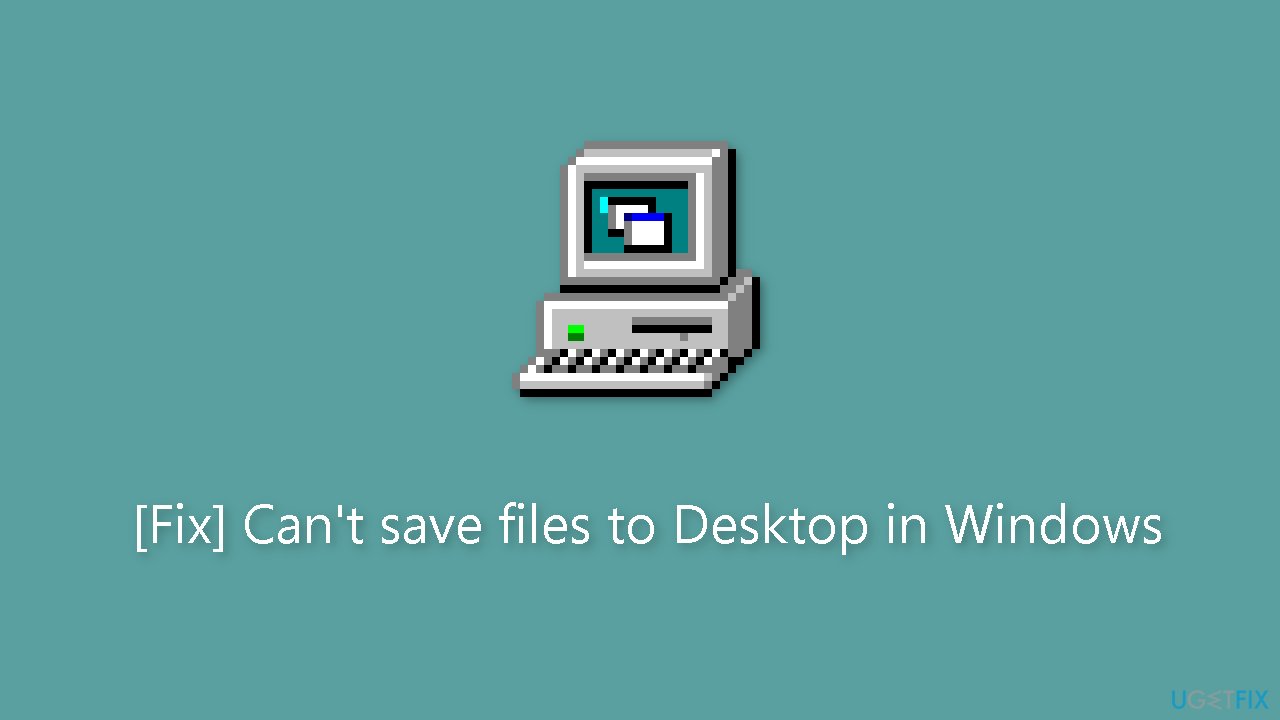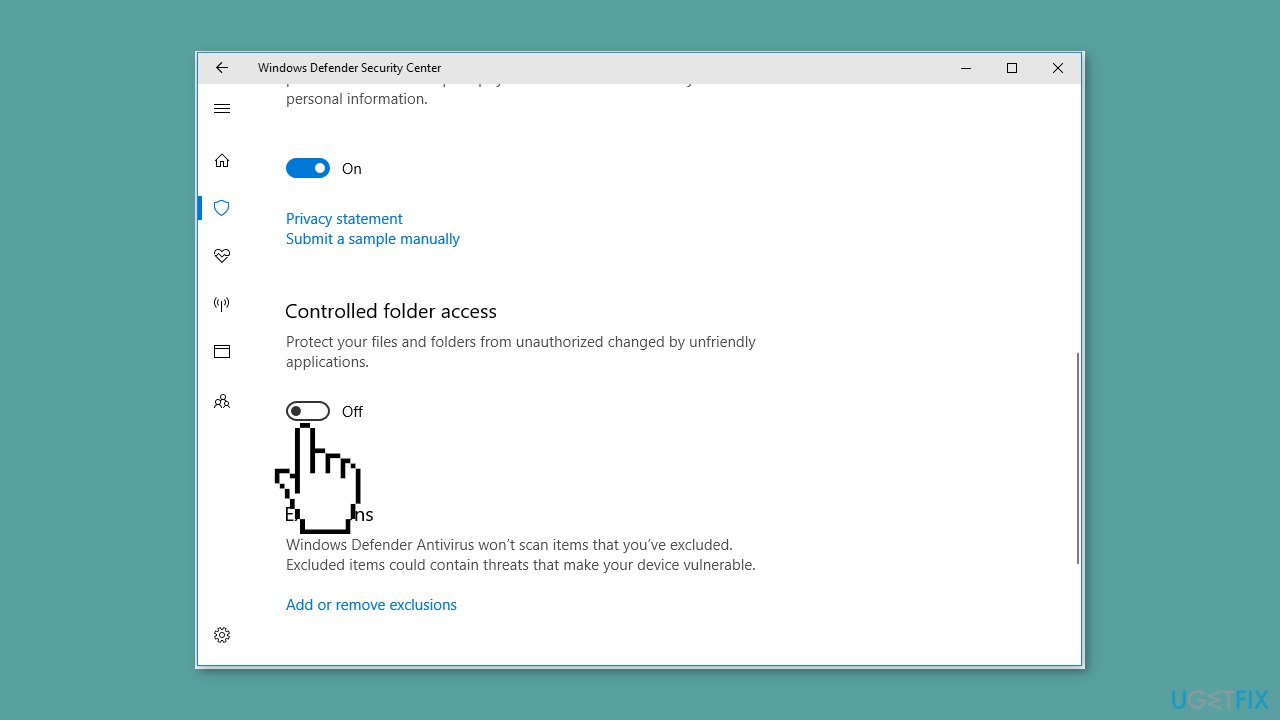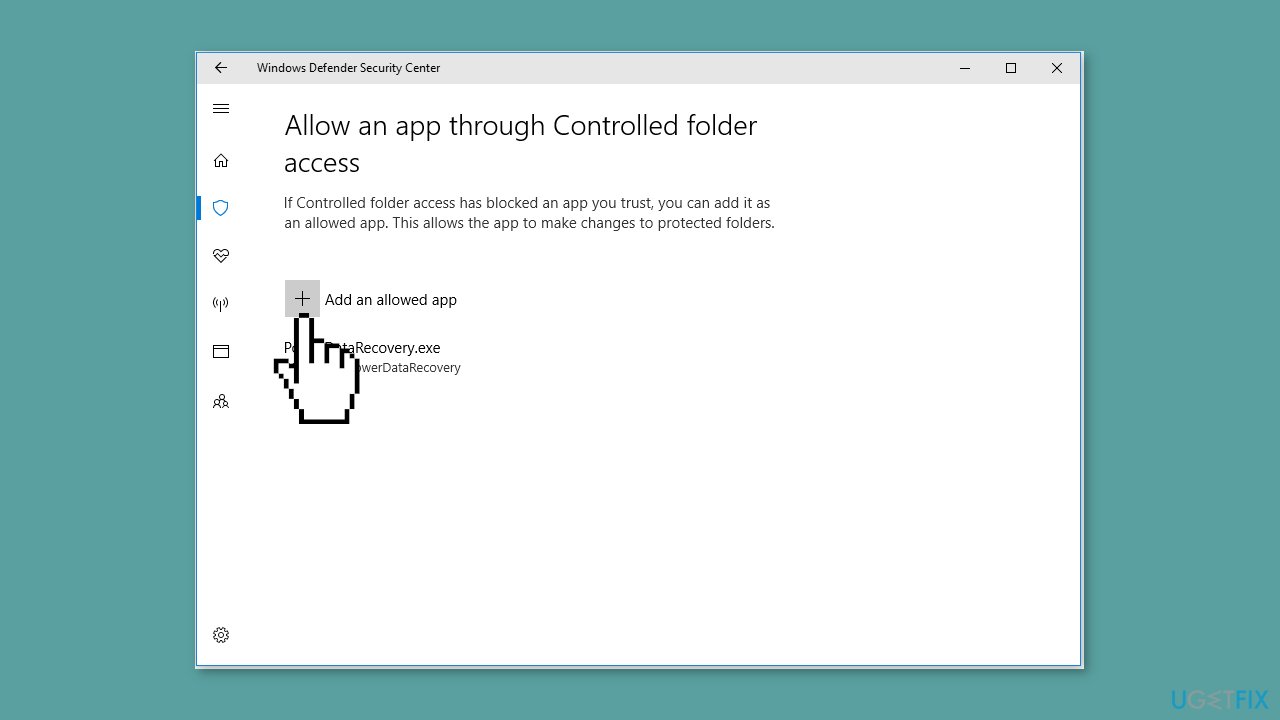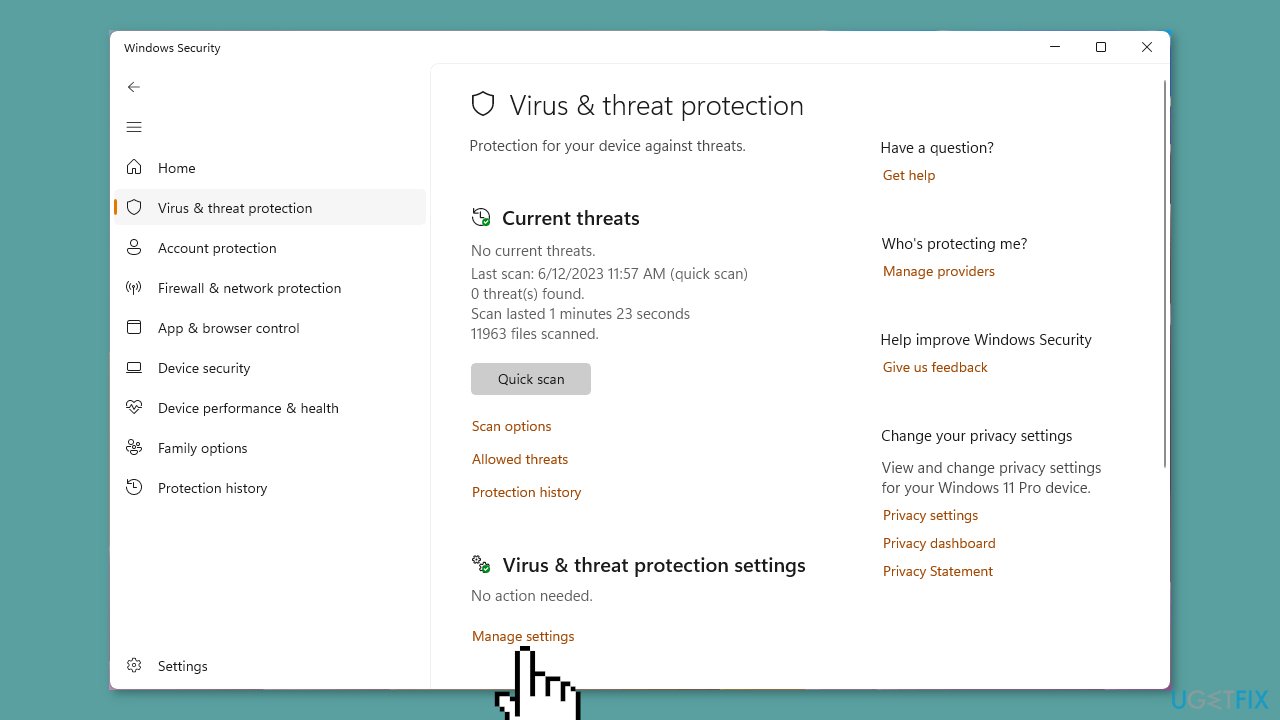Question
Issue: [Fix] Can't save files to Desktop in Windows
Hello. When I try to save a file to Desktop, this option is missing. Why can't I save files to Desktop anymore? Any tips would be appreciated.
Solved Answer
For many users, the inability to save files to the Windows Desktop can be a confusing and annoying problem. The Windows Desktop provides a practical location for organizing and accessing frequently used software, shortcuts, and files. When this functionality is compromised, the workflow of the user and their general computing experience may be interfered with.
A prominent symptom of this issue is the emergence of an error notice with the text “File path. File not found. Check the filename and try again” when attempting to save a file to the Desktop. Alternatively, some users could discover that the “Save As” function's “Desktop” option is not displayed, making it difficult to save files straight to this location.
The effect of this problem on users is significant. It may result in more frustration and less productivity when performing routine computer tasks. Users who depend on the Desktop as a practical workspace might be forced to use different locations for file storage, which would disturb their current workflow. Furthermore, the error message itself may be obscure and unhelpful, leaving users unsure of how to solve the issue.
Although there may be a number of underlying causes for this problem, viable fixes frequently entail checking system settings, user profiles, or even third-party program involvement. Users may need to explore options such as adjusting security settings, ensuring the Desktop folder path is correctly configured, or identifying and temporarily disabling third-party antivirus software that might be causing conflicts.
In this guide, you will find 5 steps that should help you fix the issue of not being able to save files to Desktop in Windows. You can also run a maintenance tool like FortectMac Washing Machine X9 that can fix most system errors, BSODs,[1] corrupted files, registry[2] issues, or clear cookies and cache[3] automatically. Otherwise, follow the step-by-step instructions below.

Solution 1. Install Windows Updates
- Click Start and select Settings.
- Go to the Windows Update section.
- Click Check for updates and wait.

- Go to the Advanced options and install optional updates.
- Reboot your system.
Solution 2. Turn off Controlled Folder Access
- Press the Windows key + I keyboard shortcut to open Settings.
- Select the Update & Security option.
- Move on to the Windows Defender tab.

- Click on Open Windows Defender Security Center > Virus & threat protection > Virus & threat protection settings.
- In the new window, scroll down to turn off the button under Controlled folder access.
- In the UAC (User Account Control) window, select the Yes option to make this change take effect.
Solution 3. Allow the App through Controlled Folder Access
- In Windows Settings, click Windows Defender > Open Windows Defender Security Center > Virus & threat protection > Virus & threat protection settings.
- Under Controlled folder access, click on Allow an app through Controlled folder access.

- In the new window, click the + icon next to Add an allowed app.
- Then find, select, and open the wanted app.
Solution 4. Turn off Real-Time Protection
- Click the search icon and search for Windows Security.
- Select Windows Security to open it.
- Select Virus & threat protection from the left menu.

- Click Manage settings under Virus & threat protection settings.
- Turn off the button for Real-time protection.
- If you see the User Account Control interface, click the Yes button to continue.
Solution 5. Disable Third-Party Antivirus
The “unable to save files to desktop” issue may be related to either Windows Security or third-party antivirus software. To investigate this potential cause, consider temporarily disabling all antivirus programs.
Repair your Errors automatically
ugetfix.com team is trying to do its best to help users find the best solutions for eliminating their errors. If you don't want to struggle with manual repair techniques, please use the automatic software. All recommended products have been tested and approved by our professionals. Tools that you can use to fix your error are listed bellow:
Access geo-restricted video content with a VPN
Private Internet Access is a VPN that can prevent your Internet Service Provider, the government, and third-parties from tracking your online and allow you to stay completely anonymous. The software provides dedicated servers for torrenting and streaming, ensuring optimal performance and not slowing you down. You can also bypass geo-restrictions and view such services as Netflix, BBC, Disney+, and other popular streaming services without limitations, regardless of where you are.
Don’t pay ransomware authors – use alternative data recovery options
Malware attacks, particularly ransomware, are by far the biggest danger to your pictures, videos, work, or school files. Since cybercriminals use a robust encryption algorithm to lock data, it can no longer be used until a ransom in bitcoin is paid. Instead of paying hackers, you should first try to use alternative recovery methods that could help you to retrieve at least some portion of the lost data. Otherwise, you could also lose your money, along with the files. One of the best tools that could restore at least some of the encrypted files – Data Recovery Pro.
- ^ Chris Hoffman. Everything You Need To Know About the Blue Screen of Death. Howtogeek. Technology Magazine.
- ^ Tim Fisher. What Is the Windows Registry?. Lifewire. Software and Apps.
- ^ Difference between Cache and Cookies. Geeksforgeeks. IT Education.



